The most authoritative answer in 2024
-
As a biomedical scientist with a focus on cellular biology and dermatology, I can provide a detailed explanation about the composition of hair and its formation from a cellular perspective.
Hair is indeed a fascinating structure that is made up of a protein called keratin. Keratin is a fibrous structural protein that is not only found in hair but also in nails, hooves, feathers, and even in the scales of reptiles. It is one of the most resilient proteins known to science, providing strength and protection to these structures.
The hair follicle is a complex structure that serves as the biological factory for hair production. It is embedded within the dermis layer of the skin and extends down to the subcutaneous tissue. Each hair follicle is responsible for the growth of a single hair strand.
At the base of the hair follicle, there is a region known as the hair bulb. The hair bulb is a critical part of the hair growth process. Within the hair bulb, there is a pool of cells that are in a state of constant division and proliferation. These cells are known as the matrix cells. The matrix is a region of high cellular activity where new cells are continually being produced.
The process of hair formation, known as hair cytogenesis, begins with these matrix cells. As these cells divide, they also start to differentiate and specialize into different types of cells that will eventually form the various parts of the hair shaft. The cells in the hair bulb are considered to be living cells, and they are responsible for the growth of the hair.
As these cells move away from the hair bulb and up the hair follicle, they undergo a process of keratinization. During keratinization, the cells lose their nuclei and other cellular organelles. They fill up with keratin and other proteins, which harden and provide the hair with its characteristic strength and structure.
The fully keratinized cells eventually form the hair shaft, which is the visible part of the hair that extends above the skin's surface. The hair shaft is made up of three layers: the cuticle, the cortex, and the medulla.
1. The cuticle is the outermost layer of the hair shaft. It consists of overlapping cells that protect the inner layers from damage and moisture loss.
2. The cortex is the middle layer and makes up the bulk of the hair shaft. It is composed of keratin fibers that are held together by various proteins and lipids.
3. The medulla is the innermost layer and is not always present in all types of hair. It is made up of soft, air-filled cells that provide some insulation to the hair.
It's important to note that while the cells that make up the hair shaft are derived from living cells, they are no longer living by the time they become part of the hair. The process of keratinization effectively turns these cells into a hardened, non-living structure.
In conclusion, hair is indeed made of cells, but it is the process of cellular division, differentiation, and keratinization that leads to the formation of the hair shaft, which is primarily composed of the protein keratin. The hair follicle and the hair bulb play crucial roles in this process, providing the cellular foundation for hair growth and structure.
read more >>+149932024-05-26 05:05:22 -
Hair is made of a tough protein called keratin. A hair follicle anchors each hair into the skin. The hair bulb forms the base of the hair follicle. In the hair bulb, living cells divide and grow to build the hair shaft.Mar 11, 2017read more >>+119962023-06-17 19:19:24
About “Hair、made、hair”,people ask:
- 43回复Is your hair a living tissue??
- 48回复Are nails hair??
- 94回复Is your nails dead skin??
- 13回复What causes Piloerection??
- 45回复Which cells make up hair??
- 88回复How do I stop getting goosebumps??
- 12回复Is your hair made of cells??
- 44回复Are goosebumps a sign of arousal??
- 92回复What are goosebumps caused by??
- 75回复Can you identify a person by their urine??
- 82回复What does Piloerection do??
- 23回复What is the purpose of Piloerection??
- 74回复Why do I suddenly get goosebumps??
- 60回复Is it normal for a girl to have hair on their stomach??
- 88回复Can you trace DNA in poop??
READ MORE:
- +1392Which cells make up hair?
- +1173What is the past tense of fall in love?
- +1506What is the past tense of fall asleep?
- +1321Do Sikh ever cut their hair?
- +1395Do Sikh eat pork?
- +1155Is time countable or not?
- +1517Is bread an uncountable noun?
- +1566Is the word monies grammatically correct?
- +1688When should a child be able to tell time?
- +1444What is a quarter past 6?
- +1428Are beards considered pubic hair?
- +1198Can you pull out a hair follicle?
- +1852Is your hair alive?
- +1295What is the future of leave?
- +1292Is the word paper singular or plural?
QuesHub is a place where questions meet answers, it is more authentic than Quora, but you still need to discern the answers provided by the respondents.







